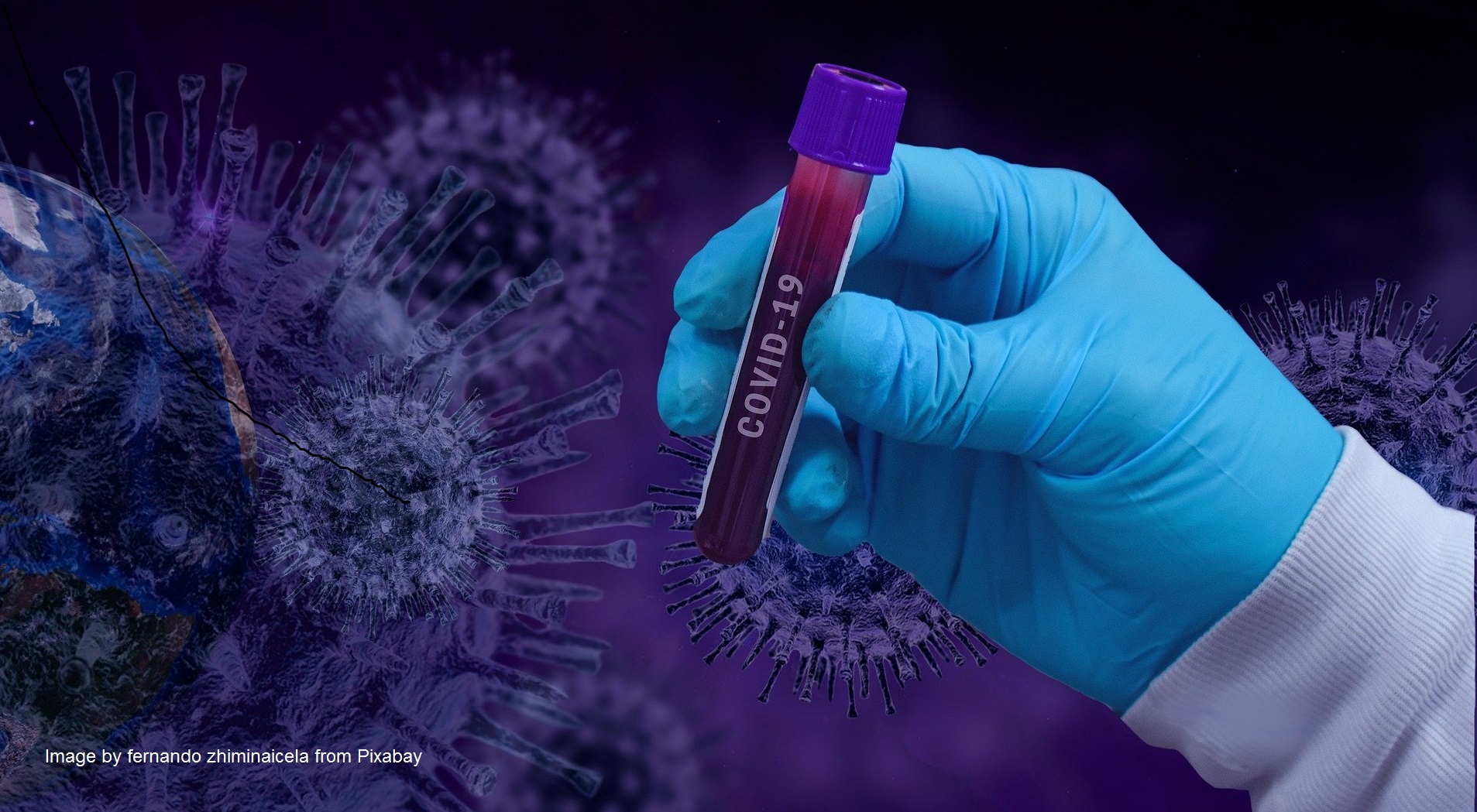A Safer, Cheaper & Faster SARS-CoV-2 Testing Method if Approved Can Scale Up Testing Capacity by Three Fold Immediately

Current methods of RT-qPCR testing are done in the form of swabs from samples received in Viral Transport Medium (VTM) followed by RNA extraction and RT-qPCR. CSIR-CCMB has generated a simplified protocol for this test where dry swabs are collected and directly used for RT-qPCR. This method has been established to have no loss of sensitivity and is on par with the current gold standard of testing.
Given this simplification, the method becomes safer as there is no liquid sample handling and leakage and fear of contamination for the persons handling the sample in BSL-3 facilities. It is also faster by about 5 hours as there is no RNA extraction and VTM containing tube handling. Further, it is cheaper too as there is no RNA extraction and no VTM, correspondingly less manpower is needed.
In addition to this, the major bottleneck in testing today is the process of RNA extraction, because of time and manpower constraints. Removal of this step can improve the capacity of testing by about threefold, without any additional inputs.
This method, Dry swab Direct RT-qPCR, is under consideration with ICMR and appropriate advisory is expected soon which will help in getting more tests done at much lower costs and give us a better chance at managing the pandemic.
|
Factor |
Cost (Rs.)RT-qPCR (current method) |
Cost (Rs.) CSIR-CCMB method |
Saving (Rs.)
|
Comments |
|
VTM |
50 |
0 |
50 |
Range of cost is due to variation in cost of
kits |
|
RNA prep |
350 |
0 |
350 |
|
|
RT-PCR |
700-1850 |
350 |
350-1500 |
|
|
Cost/test |
1100-2250 |
350 |
750-1900 |
|
|
Tests/day (2 lakh) |
30 crore (Average of 22-45 crore) |
7 crore |
25 crore (Average of 15-38 crore) |
Difference at current cost of tests/day |
|
Cost/ month |
900 crore |
210 crore |
690 crore |
Testing is key for next 6 months or so |
|
For 6 months |
5400 crore |
1260 crore |
4140 crore |
|
|
3x capacity (cost for 6 months) |
16200 crore (other resources will be limiting factors) |
3780 crore |
12420 crore |
3x capacity is possible in current set up if
new method is used |
|
Human resource |
Impossible to make 3x capacity as it will need
>3 fold more manpower |
For 3x hike current manpower is enough |
New method allows capacity increase |
With current infra structure we can enhance
testing by >3x.
|
|
Safety |
Hazards of liquid sample handling |
Dry swab |
Much safer and easier |
|
|
Turnaround time |
15-24 hours |
5-6 hours |
Easier and faster |
The table above shows what can be done to scale up quickly with no increase in manpower and cost
- India is doing 2 lakh tests per day as more than that will require extra funds, setup of test labs and, more importantly trained manpower, which is not there. If our method is used, we can triple that capacity within (and less than) currently used resources (manpower, labs, and even the money).
- This means India can do more than 6 lakh tests per day which translates to more testing with cost-savings of Rs 75 crore per day as compared to the current status. Considering that we are expected to use these tests for the next six months, we estimate a financial gain of about Rs 12420 crores by this intervention
- For the next 6 months with current situation we will be testing 2 lakh people per day at the total recurring cost of Rs. 5400 crore. Dry swab method will allow testing 6 lakhs per day with recurring cost of Rs. 3740 crores in six months.
Our method does not need any new reagent, equipment or training. What it says is: do differently, in a simpler manner, and skip a few items and steps.
This method is the need of the day and a quick approval would save valuable resources at this crucial time and tests can be made available without having to spend any extra effort/resources. We have approached ICMR on the 4th June 2020 and a response is still awaited. During this period this method has been tested and validated independently by CDFD, Hyderabad, Telangana and IISER, Berhampur, Odisha.


